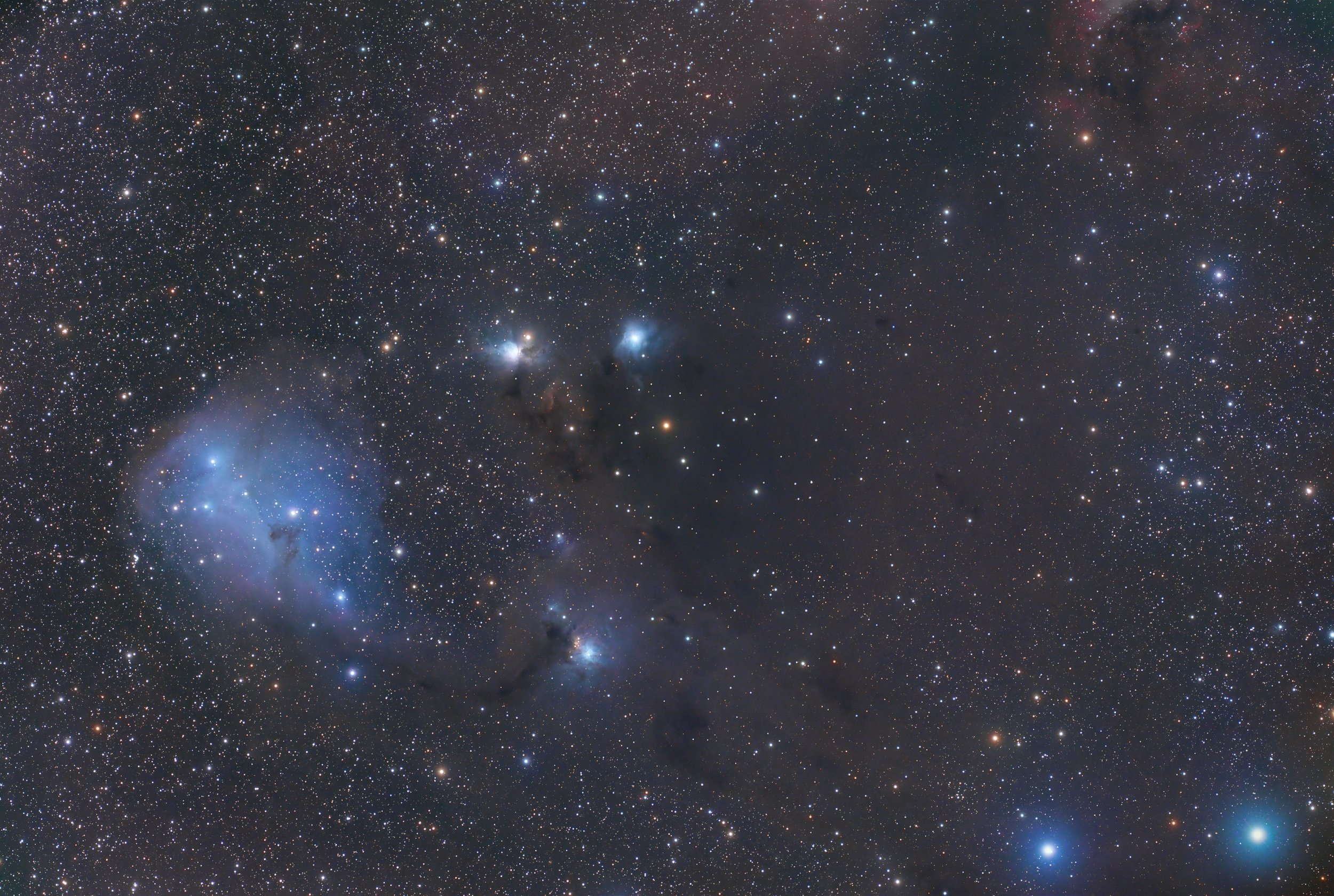
AAPOD2 Image Archives
Sort 2025 By Month: January | February | March | April | May | June | July | August | September | October | November | December
IC443 "Jellyfish"
IC 443, affectionately known as the Jellyfish Nebula, stands as a captivating testament to the explosive forces of stellar death and rebirth. Situated in the constellation Gemini, approximately 5,000 light-years from Earth, this supernova remnant showcases the remnants of a massive star that met its fiery demise in a cataclysmic explosion.
At the heart of IC 443 lies the remnants of the progenitor star, now transformed into a rapidly spinning neutron star or pulsar, which emits beams of radiation into the surrounding space. The energetic outflows from this pulsar interact with the surrounding interstellar medium, creating shockwaves that heat and ionize the surrounding gas, giving rise to the nebula's distinctive shape and vibrant colors.
IC 443 offers astronomers a unique opportunity to study the aftermath of a supernova explosion and its impact on the surrounding interstellar environment. Through detailed observations and analysis, scientists can unravel the complex dynamics of shockwave propagation, particle acceleration, and gas cooling, shedding light on the processes of cosmic recycling and the enrichment of the interstellar medium with heavy elements. As humanity continues to explore the mysteries of IC 443, it serves as a reminder of the dynamic and ever-changing nature of our universe, inspiring wonder and curiosity in all who gaze upon its celestial beauty
Jellyfish, Monkey Head, and M35 Star Cluster
Image Description and Details : Here is my latest photo taken night before last in the back yard. It is featuring the Jellyfish in HOO palette , the Monkey Head in SHO palette , and Star Cluster Messier 35 in RGB. The nebulosity was captured using narrowband filters that only let specified wavelengths of Sulfur, Hydrogen, and Oxygen. The stars were captured with color separate filters for Red Blue and Green. I used a Rokinon 135mm camera lens at f/2 and an ASI294MM dedicated monochrome camera.20 x 60 seconds of each L R G B 36 x300 seconds Oiii 24 x 300 seconds Sii 16 x 300 seconds HaShot Flats for all filters this morning and used my darks library. Stacked and Processed with Pixinsight and Photoshop. EZ soft stretch Starnet Automatic Background Extraction Background neutralization Save separates as Tif’s for Photoshop Copy S H and O in to RGB color channels and work levels and curves. Adjust selective colors to reduce green and pull the Hubble gold color forward. Contrast Brightness adjusted Saturation adjusted. Resize down to 2,048 pixels wide. Topaz denoise and upload.I am still learning Pixinsight. I used selective colors in Photoshop to attempt the Hubble palette colors evident in the Monkey Head. Finally I resampled to 2048 pixels wide for sharing as a Jpg and did a topaz denoise. Hope you enjoy it.
Copyright: Abe Jones



